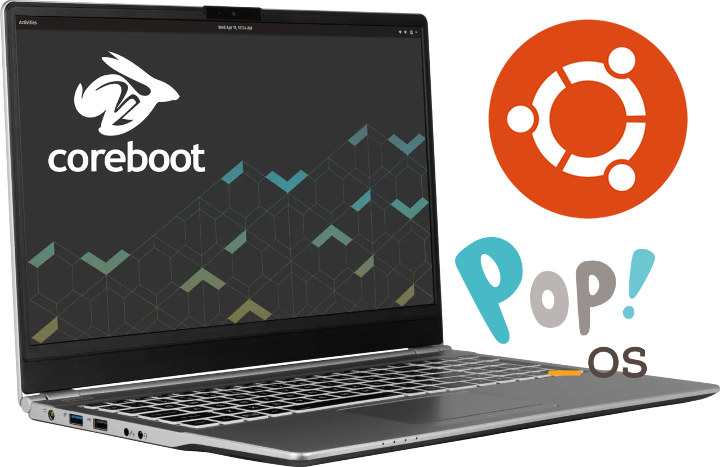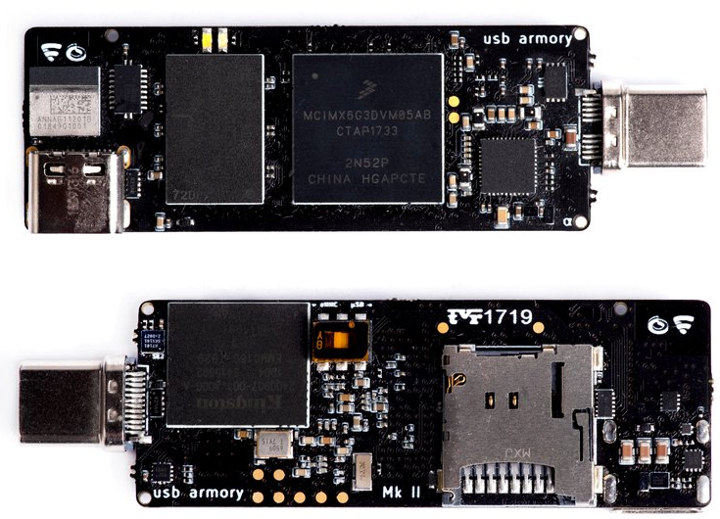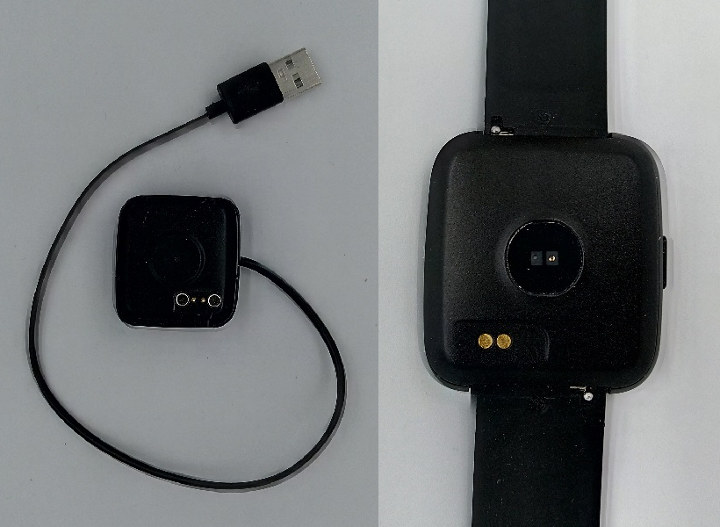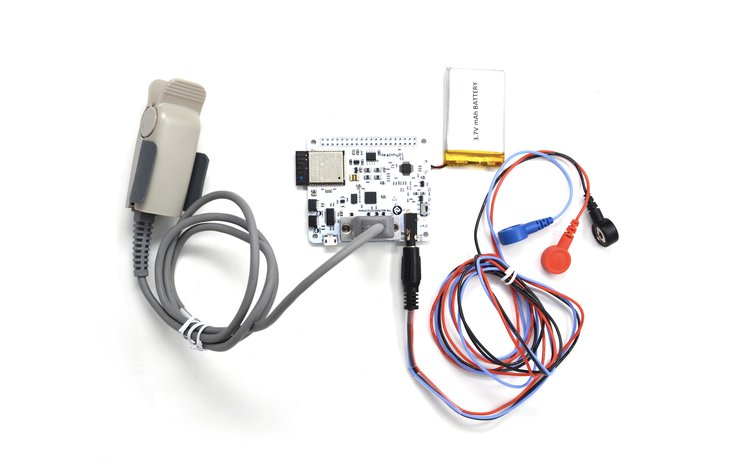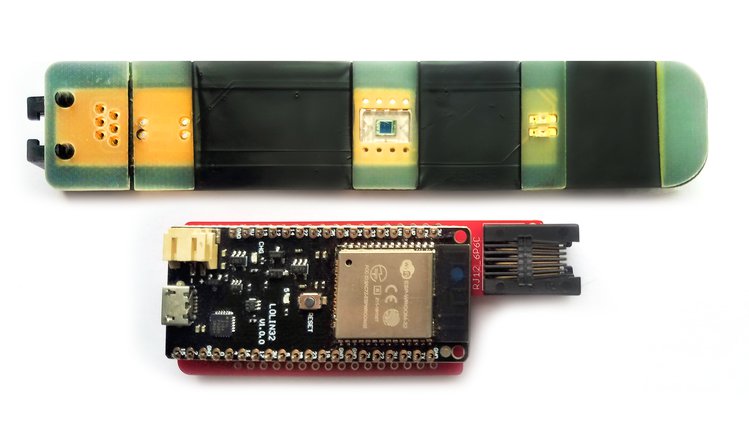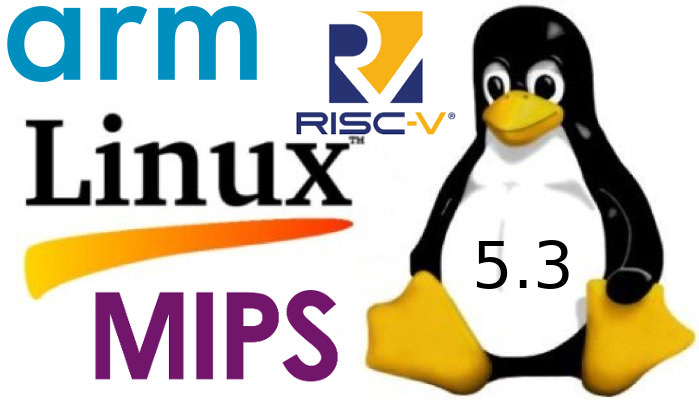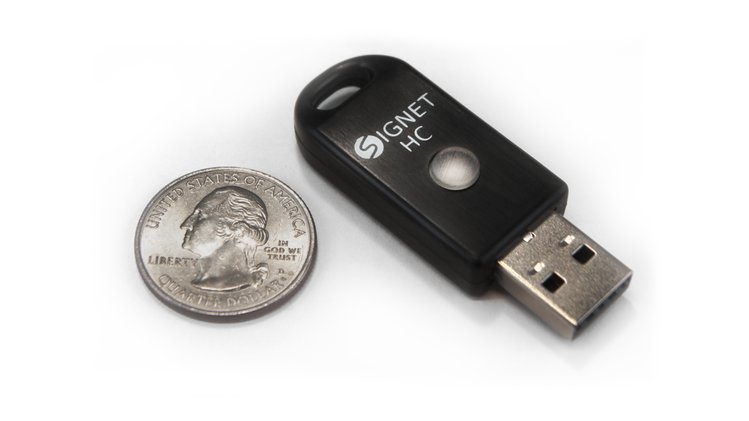Intel officially launched Comet Lake processors last August with Y-series (4.5-5.5W TDP) and U-Series (15W TDP) targeting 2-in-1 hybrid laptops and tablets. Since several Windows 10 Comet Lake laptops launched such as OneMix 3Pro 8.4″ mini laptop with an Intel Core i5-10210Y Comet Lake-Y processor. If you’d rather get a Comet Lake laptop running Linux, System76 got you covered with two models, namely Galago Pro and Darter Pro laptops running a choice of Pop!_OS 19.10 (64-bit), Pop!_OS 18.04 LTS (64-bit), or Ubuntu 18.04 LTS (64-bit) operating systems, as well as System76 open firmware based on Coreboot, EDK2, and System76 firmware apps. Galago Pro & Darter Pro share many of the same specifications, except for the display, battery, and other items highlighted in bold: SoC (one of the other) Intel Core i5-10210U quad-core/eight-thread processor @ 1.6 GHz / 3.9 GHz (turbo all cores) / 4.2 GHz (turbo one core), 24EU Intel […]
USB Armory Mk II USB Linux Computer Targets Security Applications (Crowdfunding)
Back in 2014, Inverse Path launched USB Armory computer dongle running headless Linux from a MicroSD card and designed for security applications. The company got bought by F-Secure Foundry in 2017, and the latter has now launched another crowdfunding campaign for an upgraded version USB Armory Mk II keeps a similar USB dongle form factor but replaces the NXP i.MX53 Cortex-A8 processor with a more efficiency NXP i.MX 6ULZ Arm Cortex-A7 processor, the USB type-A port with a modern USB-C port, adds 16GB eMMC flash, Bluetooth 5 LE connectivity, and new security features. USB Armory Mk II specifications: SoC – NXP i.MX6ULZ Arm Cortex-A7 @ 900 MHz System Memory – 512 MB DDR3 RAM Storage – 16 GB eMMC flash + external microSD Connectivity – Bluetooth 5 LE + mesh module (U-blox ANNA-B112) with Arm Cortex-M4 MCU (nRF52832) USB – 2x USB type-C ports: 1x DRP (Dual Role Power) receptacle […]
PineTime Smartwatch Specifications Released, Availability Scheduled for H1 2020
A couple of weeks ago, we covered PineTime smartwatch for PinePhone Linux smartphone that should be launched next year for around $25. At the time we had limited information from a Tweet as well as information provided by TL Lim, founder of Pine64 community, such as the watch would be based on Nordic Semi nRF52832 or nRF52840 multi-protocol WiSoC. But we now have much more details about specs and other details can be found in the Wiki. PineTime specifications: SoC (undecided, one or the other. See differences between nRF52832 and nRF52840 for details) Nordic Semiconductor nRF52832 Arm Cortex-M4F MCU @ 64 MHz with 512KB Flash, 64KB SRAM, Bluetooth 5 (no long range) Nordic Semiconductor nRF52840 Arm Cortex-M4F MCU with 1MB flash, 256KB flash, Bluetooth 5 (long range), 802.15.4 (e.g. for Zigbee), Arm Trustzone, etc… Storage – 8MB SPI NOR Flash (final product may use 16MB flash instead) Display – 1.3″ […]
HealthyPi v4 Wearable WiFi Vital Signs Monitor Follows Raspberry Pi HAT Form Factor
HealthyPi v4 Campaign Starts ProtoCentral has started a Crowd Supply campaign for the HealthyPi v4, its latest vital signs monitoring dev kit. The HealthyPi v4 is wearable, wireless, and can be mounted on a Raspberry Pi. The units are all open source and stand-alone made for end-users, students as well as researchers and developers. An Improvement on HealthyPi v3 The recent increase in health-related tech has fueled ProtoCentral’s desire to bring its HealthyPi v3 up to current usability and development standards. The retail versions of the HealthyPi v4 are made specifically to work in conjunction with the Android OS for ease of use and mobility. Also, the Raspberry Pi HAT form factor is also supported in this version of the device. Articles On Health-Related Development The articles that have touched on health-related issues and topics from our archives, as well as very recently include HEGduino a neurofeedback monitor and […]
HEGduino IoT Real-time Neurofeedback Platform Aims to Increase Brain Function (Crowdfunding)
The HEGduino Alaskit has developed a way to measure the blood-oxygen levels in the brain and create a biofeedback system that is said to increase brain function. The new tech is called HEGduino and is a connection between a biofeedback method and an IoT platform. Past Reported Medical SBCs In the past, CNX has covered several health-based platforms for the Raspberry Pi (Healthy Pi HAT) and ESP32 (Hearty Patch, ECG reader) medical SBCs. HEG Particulars The HEG in HEGduino stands for Hemoencephalography, a neurofeedback technique similar to EEG measurements in brainwave activity. The difference is HEG can measure neural activity based on neurovascular coupling, which can be approached through near infrared and passive infrared techniques – both of which are ways to cerebral blood flow can be matched to metabolic activity. HEG Functions The HEG is a way to alter brain function through a series of “training” sessions based […]
Linux 5.3 Release – Main Changes, Arm, MIPS & RISC-V Architectures
Linus Torvalds has just announced the release of Linux 5.3: So we’ve had a fairly quiet last week, but I think it was good that we ended up having that extra week and the final rc8. Even if the reason for that extra week was my travel schedule rather than any pending issues, we ended up having a few good fixes come in, including some for some bad btrfs behavior. Yeah, there’s some unnecessary noise in there too (like the speling fixes), but we also had several last-minute reverts for things that caused issues. One _particularly_ last-minute revert is the top-most commit (ignoring the version change itself) done just before the release, and while it’s very annoying, it’s perhaps also instructive. What’s instructive about it is that I reverted a commit that wasn’t actually buggy. In fact, it was doing exactly what it set out to do, and did it […]
PineTime is a $25 Smartwatch / Companion for PinePhone Linux Phone
We’ve recently seen Linux smartphones are coming in a few weeks or months, but the $150 PinePhone may not come alone, and soon be joined by a $25 companion, namely PineTime smartwatch. That’s what we learned through a tweet by Pine64 explaining the PineTime is a Linux smartphone companion that can run FreeRTOS or Arm Mbed operating systems. It will be a side-project however, and the focus is still on PinePhone and Pinebook Pro, meaning it will take a while depending on the level of community engagement. Available information is limited to the discussion in the tweet at this stage, but we do know the watch will be made of zinc alloy & plastic, come with a charging dock, a 20 mm wristband, an heart-rate monitor and last several days on a charge. We’ve also seen people interested in porting ZephyrOS to the watch, and others would like to make […]
Signet High-Capacity Thumbdrive Supports 2FA, Password & Secure Data Storage (Crowdfunding)
Signet HC Crowdfunding Started The latest version of the Signet thumbdrive is the Signet HC. The HC has a number of enhanced features and a lower price point, making it an attractive alternative to other high-security flash drives. The drive is high capacity storage, with secure storage technology, 2 Factor Authentication (2FA) token and encryption. It also has a password manager and enhanced database features. The company has started its crowdfunding campaign and there are several device quantity options and peripherals. Features of the Signet HC The Nth Dimension has announced the Signet HC recently, bringing to the forefront of its latest device, the all-in-one aspects of the drive’s capabilities. The Signet HC is certainly positioned to be one of the top featured, encrypted password protected, and 2FA storage devices of its size. The data on the drive is encrypted, and password protected and can be accessed through cross-platform […]


